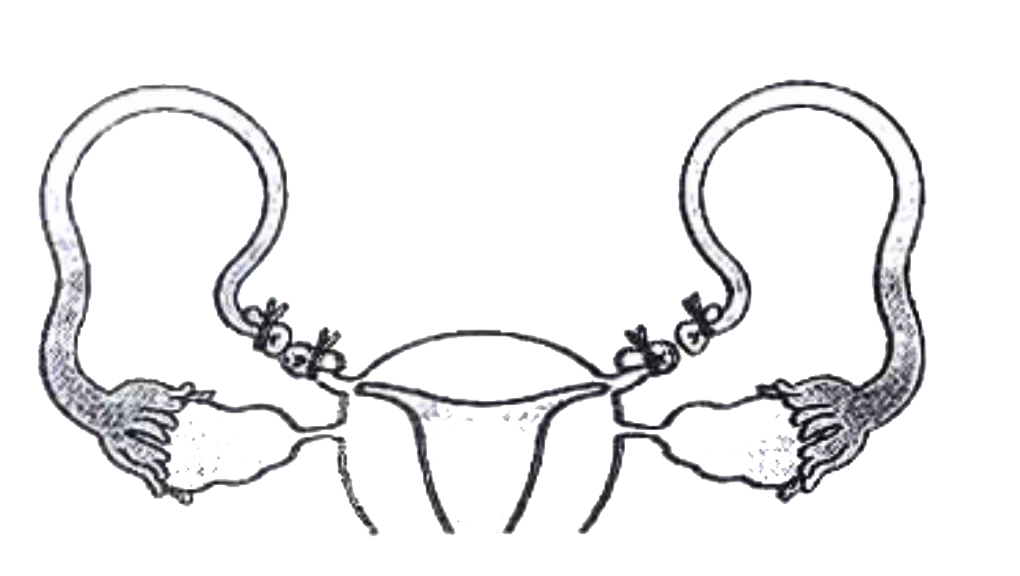Which technique has helped in investigation of Calvin cycle ?
(a) Radioactive isotope technique
(b) Biotechnology technique
(c) Photometric technique
(d) Flashlight experimental technique
Radioactive isotope technique
Biotechnology techinque
Photometric technique
Flash light experimental technique
The correct Answer is:A
To solve the question "Which technique has helped in the investigation of the Calvin cycle?" we need to analyze the options provided and understand the significance of each technique in relation to the Calvin cycle.
1. Understanding the Calvin Cycle:
The Calvin cycle is a crucial part of photosynthesis where carbon dioxide is fixed into organic molecules. It involves a series of biochemical reactions that convert carbon dioxide and ribulose-1,5-bisphosphate (RuBP) into glucose and other carbohydrates.
2. Analyzing the Options:
- (a) Radioactive isotope technique: This technique involves using isotopes, such as Carbon-14, to trace the path of carbon in photosynthesis. Melvin Calvin used this technique to investigate the Calvin cycle.
- (b) Biotechnology technique: While biotechnology encompasses various methods for studying biological processes, it is not specifically linked to the investigation of the Calvin cycle.
- (c) Photometric technique: This technique measures the intensity of light and is not directly related to the biochemical pathways of the Calvin cycle.
- (d) Flashlight experimental technique: This option seems vague and does not correspond to any established scientific method used in the study of the Calvin cycle.
3. Identifying the Correct Answer:
The radioactive isotope technique, specifically the use of Carbon-14, was instrumental in tracing the steps of the Calvin cycle and identifying key products like phosphoglyceraldehyde (PGA). This led to the understanding of carbon fixation in plants.
4. Conclusion:
Based on the analysis, the correct answer to the question is (a) Radioactive isotope technique.
The Calvin cycle is a crucial part of photosynthesis where carbon dioxide is fixed into organic molecules. It involves a series of biochemical reactions that convert carbon dioxide and ribulose-1,5-bisphosphate (RuBP) into glucose and other carbohydrates.
- (a) Radioactive isotope technique: This technique involves using isotopes, such as Carbon-14, to trace the path of carbon in photosynthesis. Melvin Calvin used this technique to investigate the Calvin cycle.
- (b) Biotechnology technique: While biotechnology encompasses various methods for studying biological processes, it is not specifically linked to the investigation of the Calvin cycle.
- (c) Photometric technique: This technique measures the intensity of light and is not directly related to the biochemical pathways of the Calvin cycle.
- (d) Flashlight experimental technique: This option seems vague and does not correspond to any established scientific method used in the study of the Calvin cycle.
The radioactive isotope technique, specifically the use of Carbon-14, was instrumental in tracing the steps of the Calvin cycle and identifying key products like phosphoglyceraldehyde (PGA). This led to the understanding of carbon fixation in plants.
Based on the analysis, the correct answer to the question is (a) Radioactive isotope technique.
Topper's Solved these Questions
- PHOTOSYNTHESIS IN HIGHER PLANTSBOOK - CENGAGE BIOLOGY ENGLISHCHAPTER - PHOTOSYNTHESIS IN HIGHER PLANTSEXERCISE - ASSERTION -REASONING QUESTIONS
5 Videos
- PHOTOSYNTHESIS IN HIGHER PLANTSBOOK - CENGAGE BIOLOGY ENGLISHCHAPTER - PHOTOSYNTHESIS IN HIGHER PLANTSEXERCISE - ARCHIVES
30 Videos
- NEET 2018 PAPERBOOK - CENGAGE BIOLOGY ENGLISHCHAPTER - NEET 2018 PAPEREXERCISE - MCQ
48 Videos
- PLANT GROWTH AND DEVELOPMENT BOOK - CENGAGE BIOLOGY ENGLISHCHAPTER - PLANT GROWTH AND DEVELOPMENT EXERCISE - Archives
28 Videos
Similar Questions
Which technique has helped in inverstigation of calvin cycle ?
View SolutionWhich technique is used for test tube baby ?
View SolutionWhich techniques is used by Mendel for hybridisation
View SolutionWhich technique can be helpful in over-coming hybridisation barrier
View SolutionWhich technique is not used in the diagnosis of AIDS infection?
View SolutionWhich technique is shown by the diagram given below ?

View SolutionWhich technique is used for the herd improvement ?
View SolutionWhich is not a immunological technique?
View SolutionWhich technique is used to check the progression of restriction enzyme digestion
View SolutionWhich of the following technique is banned in India ?
View Solution
